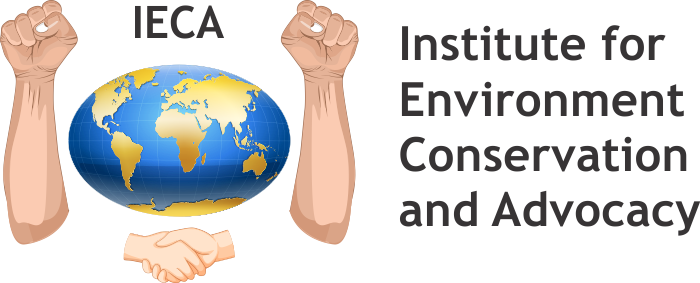Sustainable urban development indicators are metrics used to assess the environmental, social, and economic aspects of urban development initiatives. These indicators help measure progress towards achieving sustainable outcomes in urban areas. Here are some key indicators across different dimensions:
- Environmental Indicators:
- Air Quality: Measure levels of pollutants such as particulate matter, nitrogen dioxide, and ozone in urban air.
- Green Space: Assess the quantity and quality of parks, gardens, and other green spaces within urban areas.
- Waste Management: Monitor waste generation rates, recycling rates, and the implementation of waste reduction and recycling programs.
- Energy Efficiency: Track energy consumption and greenhouse gas emissions from buildings, transportation, and other urban activities.
- Water Management: Evaluate water quality, availability, and usage patterns, including access to safe drinking water and sanitation services.
- Social Indicators:
- Housing Affordability: Measure housing costs relative to household income levels and assess access to affordable housing options.
- Social Inclusion: Evaluate access to social services, education, healthcare, and cultural resources for all segments of the urban population.
- Public Safety: Assess crime rates, perceptions of safety, and the effectiveness of law enforcement and crime prevention measures.
- Access to Mobility: Measure access to public transportation, pedestrian and cycling infrastructure, and mobility options for people of all ages and abilities.
- Community Well-being: Track indicators such as social cohesion, civic engagement, and quality of life in urban neighborhoods.
- Economic Indicators:
- Economic Diversity: Assess the diversity of economic activities and employment opportunities within urban areas, including the presence of diverse industries and sectors.
- Business Environment: Measure indicators such as business competitiveness, entrepreneurship rates, and ease of doing business in urban areas.
- Income Inequality: Evaluate income distribution and disparities in wealth and access to economic opportunities among different population groups.
- Economic Resilience: Assess the ability of urban economies to adapt to changes and shocks, including resilience to economic downturns and disruptions.
- Institutional and Policy Indicators:
- Urban Governance: Evaluate the effectiveness, transparency, and accountability of urban governance structures and decision-making processes.
- Policy Integration: Assess the coherence and alignment of urban development policies with sustainability goals and principles.
- Stakeholder Engagement: Measure the extent of stakeholder participation and collaboration in urban planning, implementation, and monitoring processes.
- Institutional Capacity: Evaluate the capacity of local government agencies, NGOs, and other stakeholders to support sustainable urban development initiatives.
These indicators provide a comprehensive framework for assessing progress towards sustainable urban development goals and identifying areas for intervention and improvement. By tracking these indicators over time, policymakers, planners, and communities can ensure that urban development initiatives contribute to long-term sustainability, resilience, and quality of life for urban residents.

 Call :
Call :